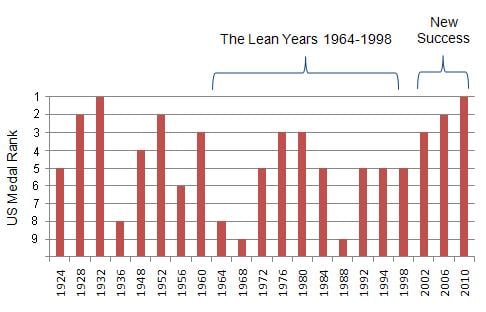Self-Confident PE v Congressional Follies
By Mark S. DiSalvo
The Semaphore Confidence Survey respondents are truly prescient. If America had only listened to our results last year it would have saved the American people over a Billion dollars in advertisements and political machinations in the just concluded presidential campaign. Exactly twelve months ago some 47% of our respondents had confidence in Mitt Romney (funny, that number). Game over. Then again, only 39% were confident in President Obama. Let’s see what Nate Silver can do with this year’s results!
While Romney is off the political grid and despite the big re-election, only 33% of respondents expressed confidence in the President with 37% stating a lack of confidence in him. That is decidedly better than his principal newest political foe, Speaker John Boehner, who “enjoys” a 3% favorable v 64% unfavorable rating. Those abysmal ratings are only superseded by Congress as a whole with nearly 80% expressing no or little confidence in our elected officials laboring under the Capitol Dome with not a single expression of confidence by any respondent.
In contrast some 78% of our respondents are confident in themselves and 43% remain confident in the PE/VC Industry with only 18% expressing some lack of confidence in how they earn a living. Personal confidence slipped a bit from last year’s results of 81%. Confidence in the US economy has slipped from last year, 37% to 46% and degraded even more with the International economy as the preponderance of those with little or no confidence grew from 47% last year to 57% today. This seems a bit counterintuitive in that the number and size of expected deals appear significantly up by those self-reporting their expected investment objectives. Further proofed by the fact that 65% earned more income last year than in 2011 and fully 57% expect to earn yet again more income than in 2012 - they’re going to need it to pay higher taxes.
Continuing the reversal of a trend prior to last year, my industry colleagues continue to see the prospect of more income, more deal flow and high confidence in themselves, their peers, and industry. This clear read comparing the raw highlight data from the 5th annual Semaphore Confidence Survey with last year’s results affords some fascinating insight across business and politics.
And in what is the group investing? Enterprise Software replaced Social/Community Technology for the top spot with the latter moving down to third and Financial Services moving from eighth to 2nd this year. Health Care Services moved from third to 4th with Digital Media rounding out the top five. For the second year in a row, Sustainable Energy/Cleantech (for the first three years of our survey in the top five) failed to make the top ten. On-line Consumer Retail and Gaming went from 4th and 5th to 9th and 10th.
The distribution of respondents in the US stayed remarkably the same from past years - the top six were CA, MA, NJ, NY, CT, TX, with only NY and NJ swapping places. Our US respondents had reasonable confidence in their state governments with 28% expressing confidence - that must look like heaven to the US Congress even though it is down from 37% last year.
International responses were quite different. We had our widest ever distribution of respondents with only the UK remaining on top with 27% of all international survey-takers with Canada, China and France rounding-out the top four. Russia, Japan, Switzerland and Germany were knocked out of last year’s top five. International respondents had crushingly poor opinions of their governments with the same 74% having no or little confidence in their countries leaders, up 3% from the 2011 survey and more than double the 31% of three years ago.
The over 470 who did reply this year, up slightly from last year, were weighted a bit differently than prior years’ mix of VC (39% this year v 28% last year), Buy-out pros (24% v 33%), Limited Partners (13% v 11%) operating executives (6% v 19%) and third party professional 18% v 12%).
Comments this year were generally policy oriented and in a serious vein. Some can be viewed on the raw data highlight link below. There was one comment I’ll share in full from either a jokester or savant – or both:
“I met a fairy who said she would grant me one wish. Immediately I said, "I want to live forever." "Sorry," said the fairy, "I'm not allowed to grant eternal life." "OK," I said, "Then, I want to die after Congress gets its head out of its ass!" The fairy replied, "You crafty bastard." 12/26/2012 2:14 PM
Maybe this individual should run for Congress.
See you next year.
To see the highlights of the results of the 2013 Semaphore Confidence Survey please click here. If you want to do your own comparison, the 2012 Semaphore Confidence Survey results are here.
_________________________________________________________________________________
Mark S. DiSalvo is the President and CEO of Sema4 Inc., dba Semaphore (www.sema4usa.com), a leading global professional services provider of Private Equity and Venture Capital funds under management and diligence services. Semaphore currently holds fiduciary obligations as General Partner for six Private Equity and Venture Capital funds, is a New Markets Tax Credit lender and advises General and Limited Partners as well as corporations around the world. Semaphore's corporate offices are in Boston with principal offices in New York, London and Dallas.





